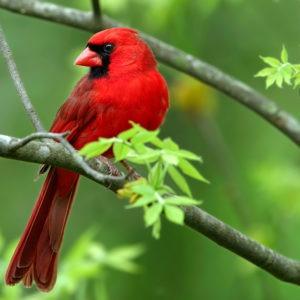Wildlife is all around us. Whether we are in our garden, a park, or the center of a metropolitan area, more often than not there are animals around us that we never notice. As human populations grow we take up more space, space also used by wild animals. Every day, there are many human wildlife interactions across the globe. It’s good to know how you can appropriately respond when you come across a wild animal going about its natural behaviors.

Give the animal space – If you can, gently move away from the animal so that it can continue on its way.
Watch quietly – Avoid talking, whistling, or making animal noises. At best it confuses the animal, at worst it causes it distress.
Move in a deliberate, calm manner – If you need to keep moving do so in a deliberate and calm manner.
Avoid eye contact – Staring at an animal lets it know it’s been spotted. Having a predator stare at you is never a good thing, so if you want to observe the animal try to do so from behind something or out of the corner of your eye.
Avoid intervening – Remember, animals survive primarily without human intervention. While it can be difficult to watch some behaviors, they are necessary for animals to survive and thrive. For instance, many animals must drive away mature offspring from previous years so that they can keep their territory and raise a new litter. While it is tempting to anthropomorphize the situation, it is best to let nature take its course.
Don’t feed human food – It isn’t safe for wild animals to be habituated to humans. Feeding them encourages this. Foods such as bread or crackers can cause nutritional imbalances and actually increase the amount of waste in aquatic environments.


Leave a Reply
You must be logged in to post a comment.